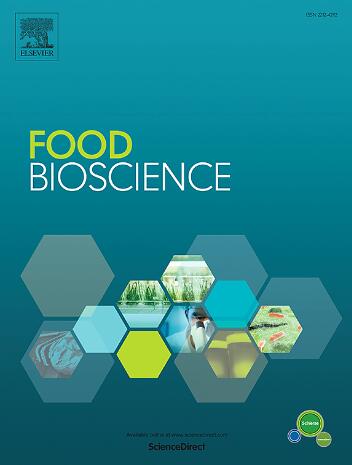Probiotic potential of lactic acid bacteria with antioxidant properties in modulating health: Mechanisms, applications, and future directions
IF 4.8
1区 农林科学
Q1 FOOD SCIENCE & TECHNOLOGY
引用次数: 0
Abstract
Biological systems are inherently dynamic, continuously engaging in redox reactions. However, when reactive oxygen species (ROS) accumulate beyond physiological limits, they disrupt redox homeostasis, potentially triggering oxidative stress and cellular damage. Lactic acid bacteria (LAB), widely associated with fermented foods, are recognized for their diverse health benefits, making them a focal point of research in food and health sciences. They are thought to mitigate oxidative stress-related disorders via intrinsic antioxidant mechanisms, including free radical scavenging and modulation of key pathways, such as nuclear factor-erythroid 2 (NF-E2)-related factor 2 (Nrf2) and nuclear factor kappa B (NF-κB) pathway. This review presents an in-depth analysis of the methodologies employed to assess the antioxidant potential of LAB, investigates their underlying biochemical mechanisms, and underscores their health-modulating effects. Additionally, it explores emerging applications, identifies current challenges, and outlines potential future research directions in LAB-based antioxidant science. The primary aim of this review is to consolidate recent progress in understanding LAB antioxidant capacity, pinpoint research gaps, and suggest forward-looking research priorities. It strives to support the development of a standardized framework for evaluating LAB antioxidant potential and to illuminate their broader implications and applications within health and food science domains.
求助全文
约1分钟内获得全文
求助全文
来源期刊

Food Bioscience
Biochemistry, Genetics and Molecular Biology-Biochemistry
CiteScore
6.40
自引率
5.80%
发文量
671
审稿时长
27 days
期刊介绍:
Food Bioscience is a peer-reviewed journal that aims to provide a forum for recent developments in the field of bio-related food research. The journal focuses on both fundamental and applied research worldwide, with special attention to ethnic and cultural aspects of food bioresearch.
 求助内容:
求助内容: 应助结果提醒方式:
应助结果提醒方式:


